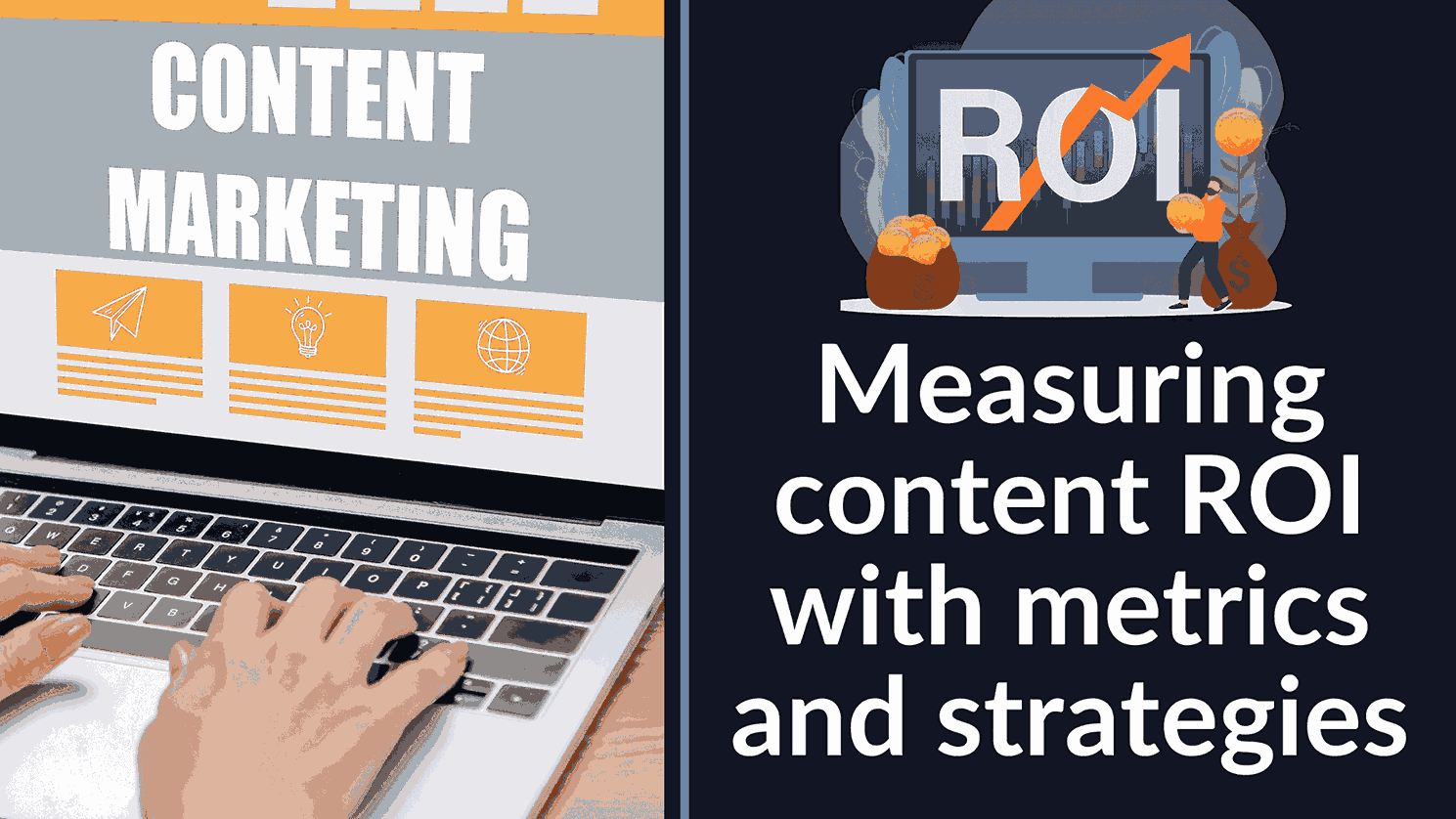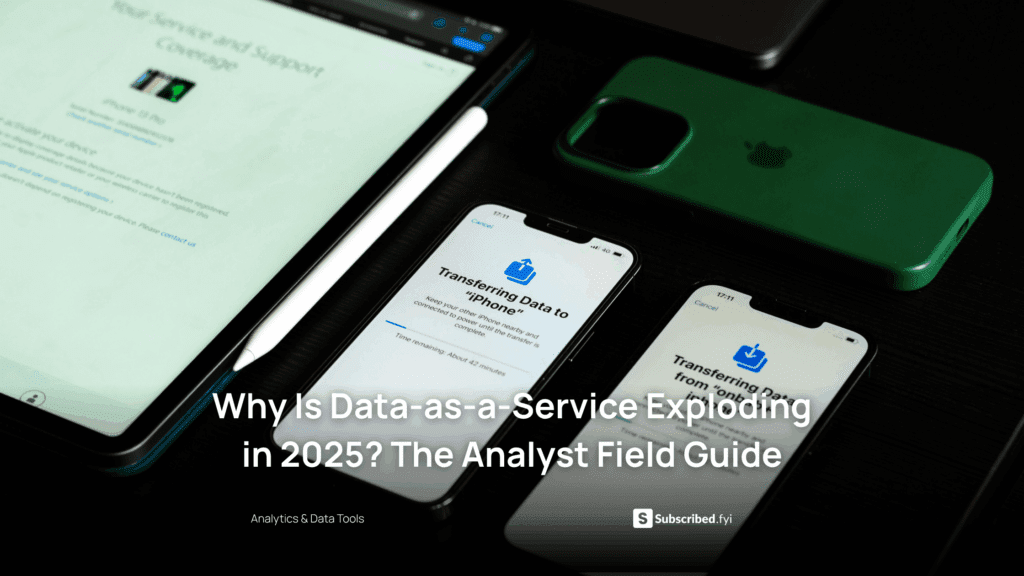Measuring content ROI with metrics and strategies
- Conversational Marketing Software SEO Software Affiliate Marketing Software Marketing Tools


Measuring Content ROI with Metrics and Strategies
In the world of digital marketing, measuring the impact of your content is vital to crafting a successful and growth-oriented strategy. Content marketing is an integral part of any well-rounded digital marketing approach, crucial for achieving search engine optimization (SEO) goals and building brand awareness. According to Semrush, a whopping 91% of marketing professionals report success with their content marketing efforts. However, what does success actually entail? Calculating the Return on Investment (ROI) for content marketing campaigns can be a daunting task, as content results aren’t always as straightforward as those from tactics like paid search. But fear not, we’re here to help you understand what content marketing ROI is, how to calculate it, and provide you with six tips to ensure your calculations are on point.
What is Content Marketing ROI?
Content marketing ROI is a metric that helps you determine the revenue generated from your content efforts compared to the amount you invested in them. For content marketers, this means evaluating the budget allocated to your content initiatives and comparing it to the revenue generated. The result is usually expressed as a percentage or ratio. According to LinkedIn’s course on the subject, the marketing ROI formula is:
ROI = (Sales Revenue – Marketing Cost) / Marketing Cost
It’s important to note that not all outcomes of a content marketing campaign have a direct monetary value, such as engagement and brand awareness. We’ll delve deeper into this aspect shortly.
Why Does Calculating Content ROI Matter?
Calculating content ROI is crucial for several reasons:
- Adding Tangible Metrics to a Nebulous Tactic: Content marketing can seem abstract, but ROI adds concrete metrics to it, making it more measurable.
- Identifying Strengths and Weaknesses: Calculating ROI helps you pinpoint which aspects of your content efforts are successful and which need improvement.
- Transparency to Stakeholders: It enhances transparency by providing clear insights into the effectiveness of your campaigns, which can be crucial when reporting to higher-ups.
- Guiding Campaign Strategies: ROI data guides your content marketing strategies, helping you focus on what works best.
- Comparing Performance: It allows you to compare the performance of content marketing with other marketing channels, helping you allocate resources more effectively.
What is a Good Content Marketing ROI?
The definition of a “good” ROI varies widely across industries, as with many marketing metrics. While any content marketing campaign operating at a loss is clearly undesirable, determining a “good” ROI can be challenging due to the difficulty in measuring intangibles like awareness.
With over a decade of experience in managing content marketing campaigns, a common target is a content marketing ROI of 500%, equivalent to a 5 to 1 ratio. This ambitious target is based on a simple premise. At the very least, your business needs to cover the cost of producing the product and marketing it. A 200% ROI is not truly profitable because, for most businesses, the cost of manufacturing or acquiring products (cost of goods sold or COGS) is often approximately half the sale price.
For instance, if your marketing team invests $500 in a campaign that generates $1,000 in sales, you still need to deduct the $500 production cost. This means you’re merely breaking even. The 500% ROI target serves as a ballpark figure. Your specific industry, the cost of goods sold (COGS), and the profit margins in your company will determine the exact ROI goal.
Challenges in Content Marketing Metrics
The formula for calculating ROI may appear deceptively simple, involving just a few metrics. In reality, the process is more complex. This complexity is a significant reason why many marketers struggle with tracking their content marketing ROI. In fact, only 43% of B2B marketers measure content marketing ROI at all. The reluctance to measure ROI often stems from a lack of confidence in the correct method to do so.
The revenue generated from content is rarely a linear process, making it even more challenging to measure. This nonlinear nature often leads marketers to focus on too many metrics, resulting in a lack of clarity regarding the campaign’s impact or to focus on the wrong metrics, thereby misjudging the content’s impact. So, how can you successfully measure your content marketing ROI?
4 Steps to Track Content Marketing ROI
While each business may have its unique needs, there are four general steps you can follow to calculate content ROI effectively:
- Define Your Purpose: Start by asking yourself why you’re measuring your content marketing ROI. Your answer should guide your strategy and prevent you from getting too fixated on budget justifications. The ultimate goal is to discover what works, what doesn’t, and how to optimize your content marketing strategy.
- Choose Your Metrics: Content marketing offers a plethora of metrics to measure, but monitoring them all can lead to data overload. We recommend selecting around five key performance indicators (KPIs) that you can track over the course of a campaign to understand its ROI. These may include metrics such as website traffic, bounce rate, page views, or downloads.
- Set Your Benchmarks: Before launching your campaign, assess the current state of your chosen metrics. Once the campaign concludes, compare the post-campaign data with the benchmarks to gauge the improvements and declines. This analysis helps you determine if goals were met or exceeded.
- Define Your Content Marketing Goals: Content marketing goals are distinct from business goals. Metrics like click-through rates, conversion rates, and keyword rankings help you measure the effectiveness of your content marketing efforts. These metrics provide insights into whether your efforts are moving in the right direction and signal if any adjustments are necessary.
6 Expert Tips for Measuring Content Marketing Metrics & ROI
Now that you understand what content marketing ROI is and how to measure it, let’s explore some expert tips to keep in mind when measuring your content metrics:
- Build Your Business Case for Content Marketing: Instead of merely justifying your marketing budget, focus on demonstrating the value your content provides to your organization. Emphasize how content results influence business goals and concentrate on metrics that are essential to the overall business.
- Think Long-Term: Revenue generated from your content will seldom be a linear process. Impacts may continue long after a campaign concludes. Establish a strategy to monitor the long-term effects of your content, such as continuous site visitors to evergreen blog posts or sustained media coverage.
- Use Analytics Tools: Analytics tools make measuring content performance more straightforward and automated. Google Analytics, a free and robust tool, offers various tracking options that are invaluable for attributing revenue to specific content pieces. Attribution modeling can help you understand the customer journey better.
- Track Costs Accurately: In the ROI calculation, it’s essential to track content creation costs accurately. This encompasses expenses beyond the dollars spent and includes items like tools, employee time, freelance rates, and distribution and promotion costs.
- Monitor Progress Regularly: Consistently tracking progress helps you understand the success of your content marketing campaigns and allows for adjustments when necessary. Create an ROI spreadsheet for your focused metrics, recording them monthly or weekly, and chart your progression to visualize campaign performance.
- Consider the Unmeasurable: Many aspects of content marketing are challenging to assign a monetary value to, such as brand awareness, trust, and organic social media engagement. While it’s challenging to measure these directly, you can find correlations with other metrics, such as website visits, social media impressions, and search volume for branded keywords.
In conclusion, measuring content ROI is crucial for the success of any business, and having the right metrics and strategies in place is essential. With the help of Subscribed.FYI, freelancers and small teams can access a centralized platform to compare, evaluate, and manage their SaaS stack. This all-in-one solution empowers users to make informed decisions about SaaS tools, ultimately enhancing productivity and simplifying decision-making. Additionally, by unlocking secret deals and managing all subscriptions in one place, users can save big and take control of their expenses like never before. With the mission to cater to the needs of individual freelancers, agencies, and teams, Subscribed.FYI is a valuable resource for those looking to optimize their SaaS stack and maximize their content ROI.
To explore the exclusive deals and manage your subscriptions with ease, visit Subscribed.FYI Deals today and start enjoying the perks of savings on 100+ SaaS tools.
Relevant products:











